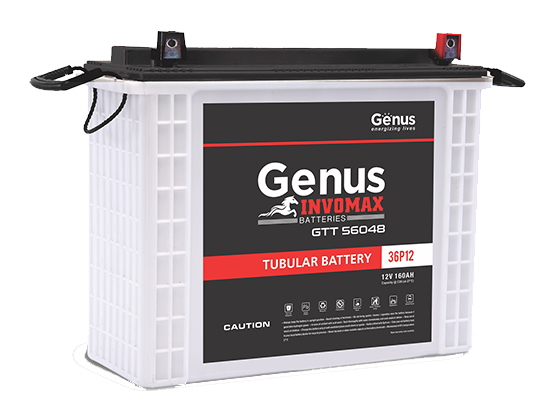Key Differences between a Tubular Battery and Flat Plat Battery
by Amit Sharma Digital MarkterWhen it comes to designing a power backup system for your home, your inverter is only as good as the battery it is connected to. The battery is where power is stored. It determines the amount of electricity supplied and the number of hours the inverter can distribute power to your appliances. An inverter battery can be categorized as a tubular battery and a flat plate battery based on the technology used. Let’s look at some of the key differences between the two types of batteries.

Internal Structure
The main differences between flat plate and tubular batteries lies in their internal structure. Flat plate batteries contain a series of plates with the electrolyte pasted on them. In the case of tubular batteries, the electrolyte is housed within tubes. Thus, in the case of the latter, the electrolyte exposure is minimized. The design may be more complex but it allows the battery to recharge quicker and discharge at a slower rate. It also makes the battery suitable not just for light home use but high end applications as well.
Power Supply
Tubular batteries can be described as deep discharge batteries. These batteries release a limited supply of power steadily over a long period of time. Since the electrodes are thicker than those of a flat plate battery, they cannot produce bursts of current. Thus, they are not suitable for applications that require a high current supply for a very short time span – for example, they cannot be used to start a car. Tubular batteries are best suited to power backup systems and solar power generation systems.
Lifespan
As a result of the internal structure, tubular batteries have a longer lifespan as compared to flat plate batteries. Flat plate batteries usually last for about 3 years at most while a tubular battery has a life expectancy of up to 5 years. These batteries have a high cyclic life and can operate consistently even at high ambient temperatures. These batteries are much more reliable and durable.
Maintenance
The main concern for battery maintenance is the frequency needed to top-up water in inverter battery. In the case of tubular batteries, water loss is minimal. In turn, this means that the battery needs to be topped up less frequently than a flat plate battery. Apart from this, all you need to do is wipe the battery clean from time to time to keep dust and debris from accumulating on the surface.
You don’t want to bother yourself buying inverter batteries every few years. Hence, make a wise investment choice and buy a tubular battery for your power backup. It may have a slightly higher price tag but the additional cost is well-worth it. Choose a battery from a well-known brand that offers you a good price and an extended warranty with the assurance of after sales service. Also make sure you buy a battery with the right capacity to meet your power needs. This ensures that your plan for the day is never interrupted by blackouts.
Sponsor Ads
Created on Mar 30th 2021 00:44. Viewed 240 times.



